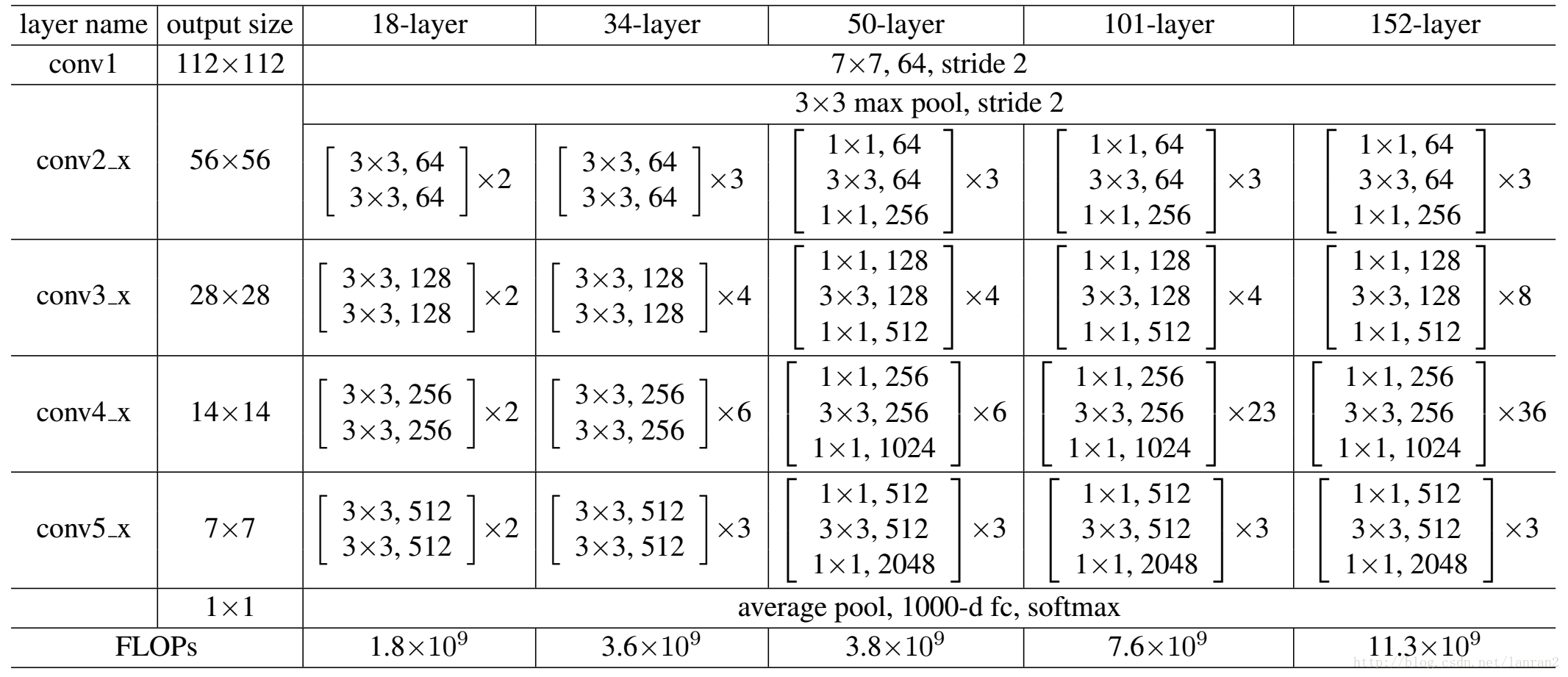Background
To define our network, we should succeed class nn.Module and implement the function forward. We put all the layers we want in the function __init__() and define how layers connect in function forward.
Example
class Hopenet(nn.Module):
# Hopenet with 3 output layers for yaw, pitch and roll
# Predicts Euler angles by binning and regression with the expected value
def __init__(self, block, layers, num_bins):
self.inplanes = 64
super(Hopenet, self).__init__()
self.conv1 = nn.Conv2d(3, 64, kernel_size=7, stride=2, padding=3,
bias=False)
self.bn1 = nn.BatchNorm2d(64)
self.relu = nn.ReLU(inplace=True)
self.maxpool = nn.MaxPool2d(kernel_size=3, stride=2, padding=1)
self.layer1 = self._make_layer(block, 64, layers[0])
self.layer2 = self._make_layer(block, 128, layers[1], stride=2)
self.layer3 = self._make_layer(block, 256, layers[2], stride=2)
self.layer4 = self._make_layer(block, 512, layers[3], stride=2)
self.avgpool = nn.AvgPool2d(7)
self.fc_yaw = nn.Linear(512 * block.expansion, num_bins)
self.fc_pitch = nn.Linear(512 * block.expansion, num_bins)
self.fc_roll = nn.Linear(512 * block.expansion, num_bins)
# Vestigial layer from previous experiments
self.fc_finetune = nn.Linear(512 * block.expansion + 3, 3)
for m in self.modules():
if isinstance(m, nn.Conv2d):
n = m.kernel_size[0] * m.kernel_size[1] * m.out_channels
m.weight.data.normal_(0, math.sqrt(2. / n))
elif isinstance(m, nn.BatchNorm2d):
m.weight.data.fill_(1)
m.bias.data.zero_()1.Constructor
super(Hopenet, self).__init__(): call the construtor in superclass
2.Layers
- nn.Conv2d:
class torch.nn.Conv2d(in_channels, out_channels, kernel_size, stride=1, padding=0, dilation=1, groups=1, bias=True) - nn.BatchNorm2d:
class torch.nn.BatchNorm2d(num_features, eps=1e-05, momentum=0.1, affine=True)
For each channel (the second dimension), the batch normalization computes the mean and variance once. - nn.ReLU:
class torch.nn.ReLU(inplace=False)
The inplace will cover the old value with a new value and save the memory. - nn.MaxPool2d:
class torch.nn.MaxPool2d(kernel_size, stride=None, padding=0, dilation=1, return_indices=False, ceil_mode=False) - nn.AvgPool2d:
class torch.nn.AvgPool2d(kernel_size, stride=None, padding=0, ceil_mode=False, count_include_pad=True) - nn.Linear:
class torch.nn.Linear(in_features, out_features, bias=True)
3.Initialization
for m in self.modules():
if isinstance(m, nn.Conv2d):
n = m.kernel_size[0] * m.kernel_size[1] * m.out_channels
m.weight.data.normal_(0, math.sqrt(2. / n))
elif isinstance(m, nn.BatchNorm2d):
m.weight.data.fill_(1)
m.bias.data.zero_()The kernel is the weight and the gamma and beta are the weight and bias.
4.Making layers
def _make_layer(self, block, planes, blocks, stride=1):
downsample = None
if stride != 1 or self.inplanes != planes * block.expansion:
downsample = nn.Sequential(
nn.Conv2d(self.inplanes, planes * block.expansion,
kernel_size=1, stride=stride, bias=False),
nn.BatchNorm2d(planes * block.expansion),
)
layers = []
layers.append(block(self.inplanes, planes, stride, downsample))
self.inplanes = planes * block.expansion
for i in range(1, blocks):
layers.append(block(self.inplanes, planes))
return nn.Sequential(*layers)
You can see that only the first convolutional layer in every stage has a residual layer.

The layer is calculated as follows: the first convolutional layer with 7x7 kernel, the max pool layer and the next 48 blocks add up to 50. The network is like:
